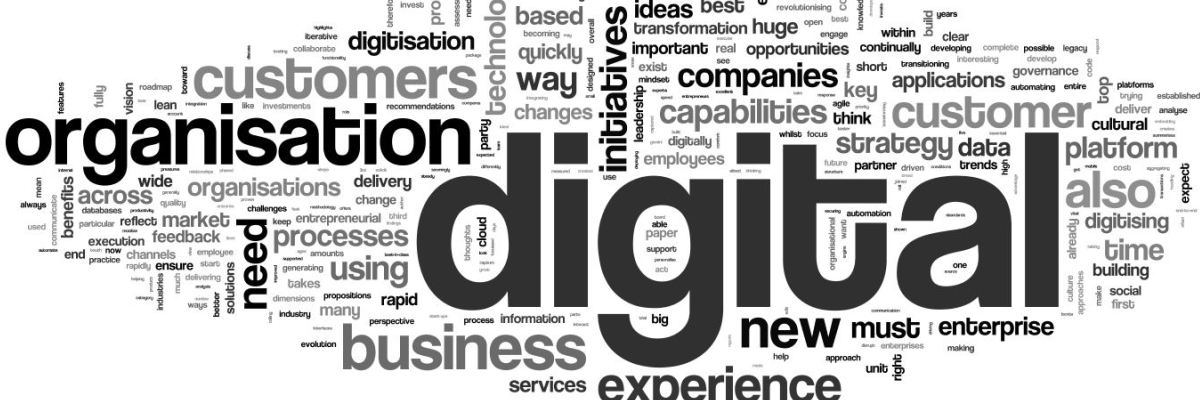Search posts by keywords:
Filter posts by author:
Related Reports
Related NEAT Reports
Other blog posts
posted on Jun 30, 2017 by John Willmott

Many of the pureplay BPS vendors have been moving beyond individual, often client-specific implementations of RPA and AI and building new digital process models to present their next generation visions within their areas of domain expertise. So, for example, models of this type are emerging strongly in the BFSI space and in horizontals such as source-to-pay.
A key feature of these new digital process models is that they are based on a design thinking-centric approach to the future and heavily utilize new technologies, with the result that the “to-be” process embodied within the new digital process model typically bears little relation to the current “as-is” process whether within a BPS service or within a shared service/retained entity.
These new digital process models are based on a number of principles, emphasizing straight-through processing, increased customer-centricity and proactivity, use of both internal and external information sources, and in-built process learning. They typically encompass a range of technologies, including cloud system of engagement platforms, RPA, NLP, machine learning and AI, computer vision, predictive and prescriptive analytics held together by BPM/workflow and command & control software.
However, while organizations are driving hard towards identifying new digital process models and next generation processes, there are a relatively limited number of examples of these in production right now, their implementations use differing technologies and frameworks, and the rate of change in the individual underlying technology components is potentially very high. Similarly, organizations currently focusing strongly on adoption of, say, RPA in the short-term realize that their future emphasis will be more cognitive and that they need a framework that facilitates this change in emphasis without a fundamental change in framework and supporting infrastructure.
Aiming for a Unifying Framework for New Digital Process Models
In response to these challenges, and in an attempt to demonstrate longevity of next generation digital process models, Genpact has launched a platform called “Genpact Cora” to act as a unifying framework and provide a solid interconnect layer for its new digital process models.
Genpact Cora is organized into three components:
- Digital Core: dynamic workflow (based on PMNSoft acquisition), cloud-based systems of engagement, blockchain, mobility & ambient computing, and RPA
- Data Analytics: advanced visualization, Big Data, data engineering, IoT
- AI: conversational AI, computational linguistics, computer vision, machine learning & data science AI.
One of the aims of this platform is to provide a framework into which technologies and individual products can be swapped in and out as technologies change without threatening the viability of the overall process or the command and control environment, or necessitating a change of framework. Accordingly, the Genpact Cora architecture also encompasses an application program interface (API) design and an open architecture.
Genpact is then building its new digital process models in the form of “products” on top of this platform. Genpact new digital process model “products” powered by Cora currently support a number of processes, including wealth management, commercial lending, and order management.
However, in the many process areas where these “products” are not yet formed, Genpact will typically take a consulting approach, initially building client-specific digital transformations. Then, as the number of assignments in any specific process area gains critical mass, Genpact is aiming to use the resulting cumulative knowledge to build a more standardized new digital process model “product” with largely built-in business rules that just require configuring for future clients. And each of these “products” (or new digital process models) will be built on top of the Genpact Cora platform.
Launching “Digital Solutions” Service in Support of Retained Operations
Another trend started by the desire for digital process transformation and the initial application of RPA is that organizations are keen to apply new digital process models not just to outsourced services but to their shared services and retained organizations. However, there is currently a severe shortage of expertise and capability to meet this need. Accordingly, Genpact intends to offer its Genpact Cora platform not just within BPS assignments but also in support of transformation within client retained services. Here, Genpact is launching a new “Digital Solutions” service that implements new digital process models on behalf of the client shared services and retained organizations and complements its “Intelligent Operations” BPS capability. In this way, Genpact is aiming to industrialize and speed up the adoption of new digital process models across the organization by providing a consistent and modular platform, and ultimately products, for next generation process adoption.
